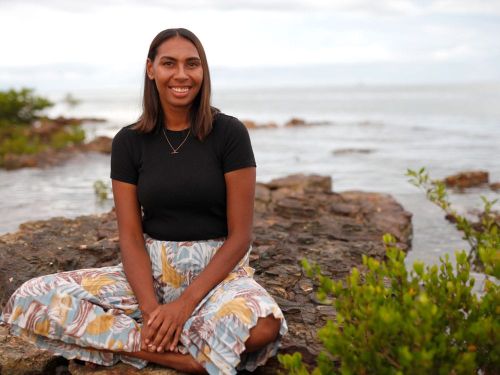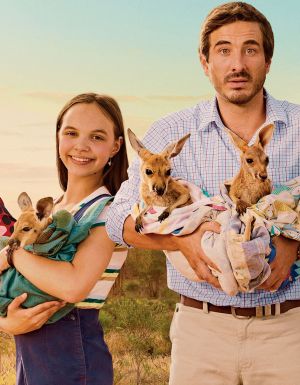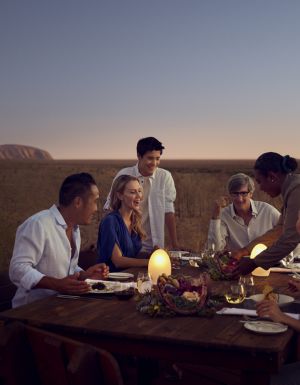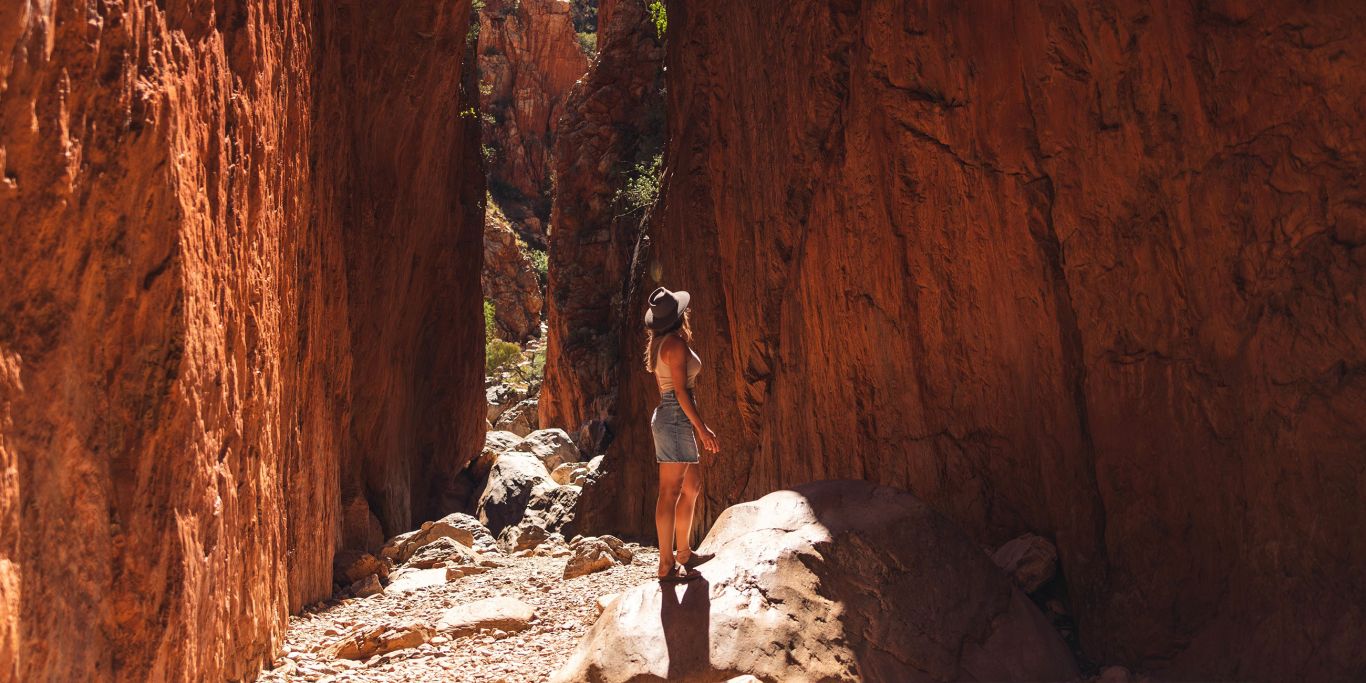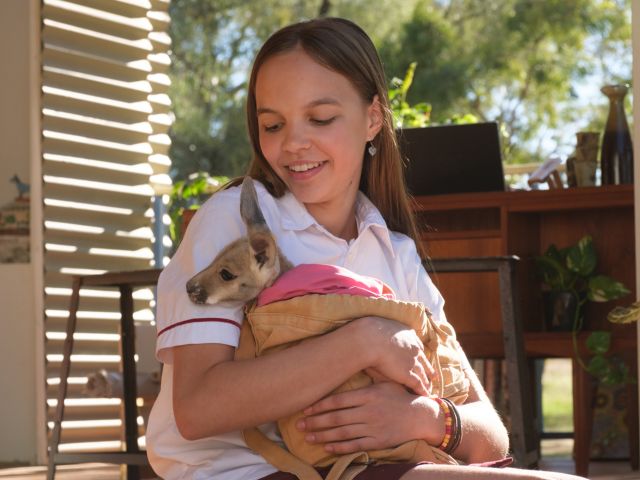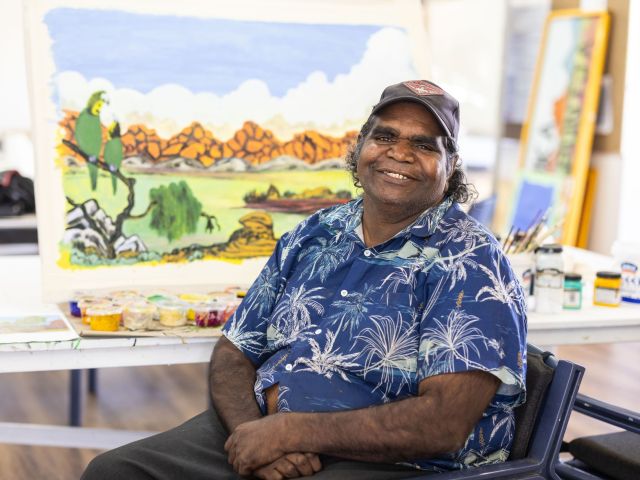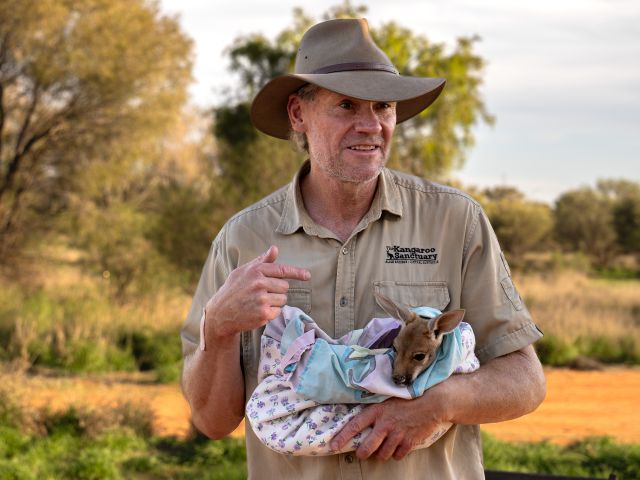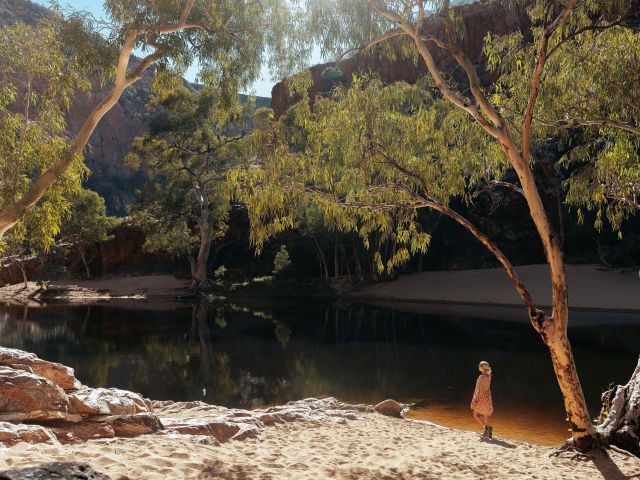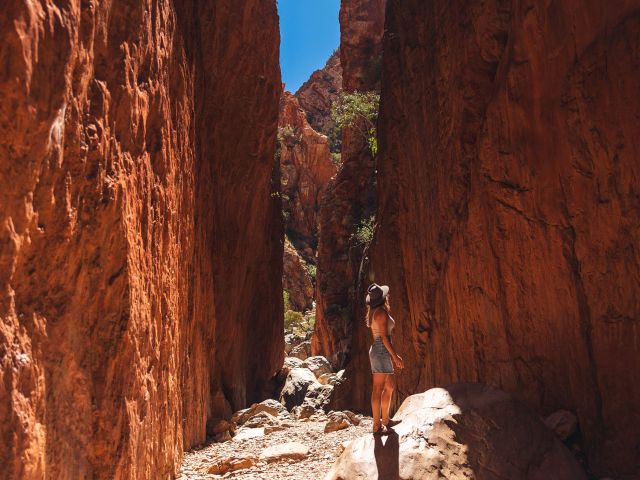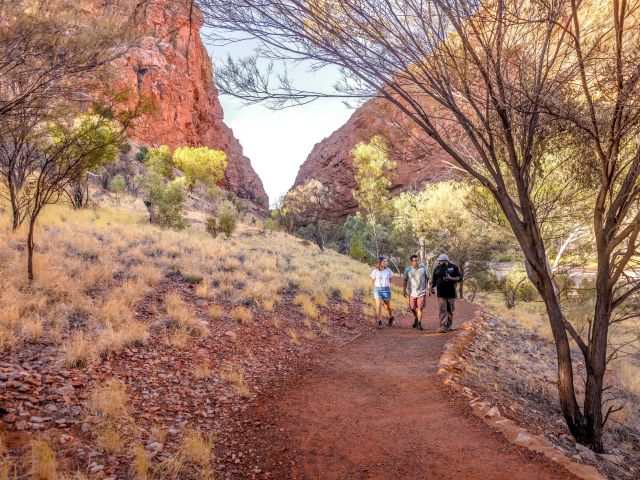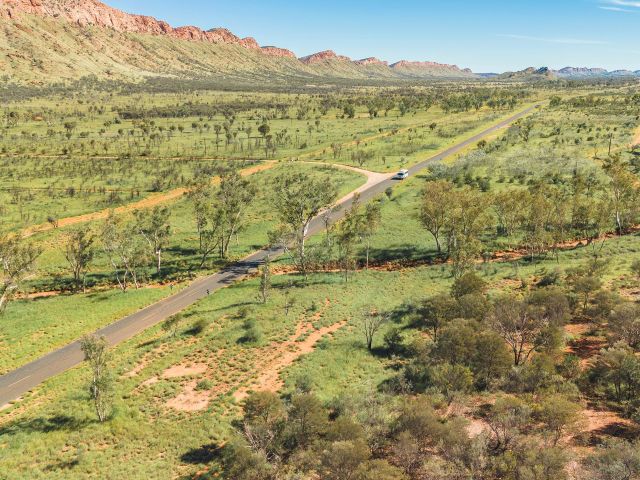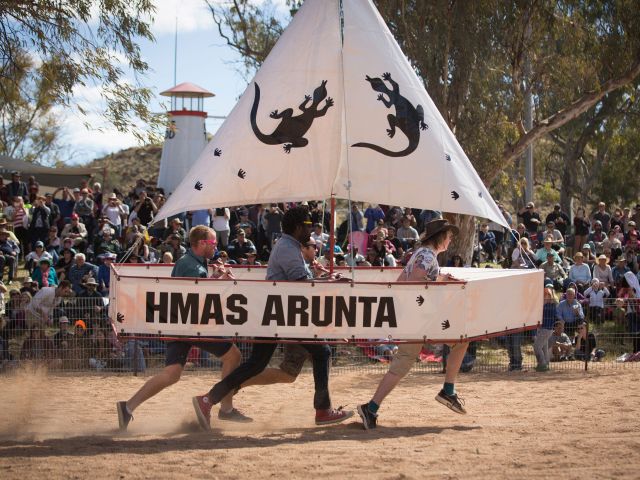For a snapshot in time, we asked eight people around the country to reflect on Australia Now. Here, Liandra Gaykamangu, Creative Director & Founder of Liandra Swim in the NT, shares her thoughts on what the global pandemic has taught her.
Keep reading our Australia Now series here.
You were born in East Arnhem Land, but moved to Wollongong in 2000 with your mum. What drew you back to the Northern Territory?
Dad passed away in December 2019 when I was eight months pregnant with my third baby. When I returned home for his funeral, I found it comforting to have my wider family around me. I also wanted my kids to know their family, culture and language and thought it would be good for them to spend time in East Arnhem Land learning who they are. There was always an expectation in my family that I would achieve as much as I could and then bring that back to my community and make a positive impact. My parents always pushed me to achieve. When I left high school for university, Dad said to me: “Don’t forget who you are and where you’re from. Come home when you’re ready." After his passing, it felt right on a personal and professional level to make the move.

You have a teaching degree. Why swimwear?
My mum remarried a surfer and we spent a lot of our family time on the beach. The ocean is a naturally comforting place for me; I am a Yolngu woman, and it is integral to our culture and livelihoods. I love swimwear and it felt like a comfortable place for me to use fashion and wrap it in education and give people an opportunity to learn about Indigenous women, our culture and stories. My swimwear is an extension of what I care deeply about. It’s who I am.

What are you most proud of with Liandra Swim?
My swimwear is wrapped up in all the things I love – it merges tradition with sustainability and education. I am really proud of my partnership with David Jones and our first runway at Afterpay Australia Fashion Week. I am also really proud of our growing Liandra Swim community and love seeing women wearing Liandra Swim.
Tell us about your new line, the Community Collection?
I wanted to put the focus on my beautiful Milingimbi Island. This collection is inspired by the landscape and my experience of being from there. My hand-drawn prints are a contemporary take on Aboriginal art and culture. I have some incredible artist family members who I look forward to working with, when the timing is right, because I want to do those songlines justice. I am not launching a collection just to make money. It has to make sense and be done correctly with appropriate conversations and family consultations.
What has launching Liandra Swim taught you about yourself?
To always believe in myself. I had people say, ‘Swimwear is an oversaturated market’. But I stayed true to my vision and now, being able to partner with David Jones and being recognised by international magazines such as Vogue in the US, Elle (Italy), Harper’s Bazaar and The Zoe Report after just a few years in the game validates that. I am glad I followed my gut and my dream.

How do you perceive Australia right now?
I am the co-CEO of an NFP, Enterprise Learning Projects, which supports Aboriginal and Torres Strait Islanders to achieve their goals in business and entrepreneurship, so I have a lot of conversations around social enterprise and I see conversations shifting, which is exciting. The batons are being passed to the next generation. And I can’t speak for all Aboriginal and Torres Strait Islander people. But I am in a position to take that baton from those in fashion, education and the social enterprise space and continue to open discussions.
Social enterprise is not a new term for Indigenous Australians, is it?
No. It’s not. For Aboriginal and Torres Strait Islander people, community impact has always been a part of how we do business. I have to make money, because that is how you grow and stay in business. But money is not how I, as an Aboriginal woman, view success or how I see our biggest impact.
How do non-Indigenous Australians find pride in our Indigenous history?
I highly recommend for non-Indigenous people to connect with their local Aboriginal or Torres Strait Islander community first before feeling the need to explore beyond that. It’s a huge sign of respect to understand the stories of the Country you live on and engage with every day. It’s really important to know that Australia is versatile in terms of culture and language so stories may be similar, but there will always be differences. It is also good to be mindful of history and how that has impacted people. Australia is a very big place with varying cultures, languages and impacts. Lean into your local community and engage with where you spend most of your time. Then go and explore all Indigenous Australia has to offer, so you can get a deeper understanding of why we have, and need, so many different voices, faces and perspectives.


